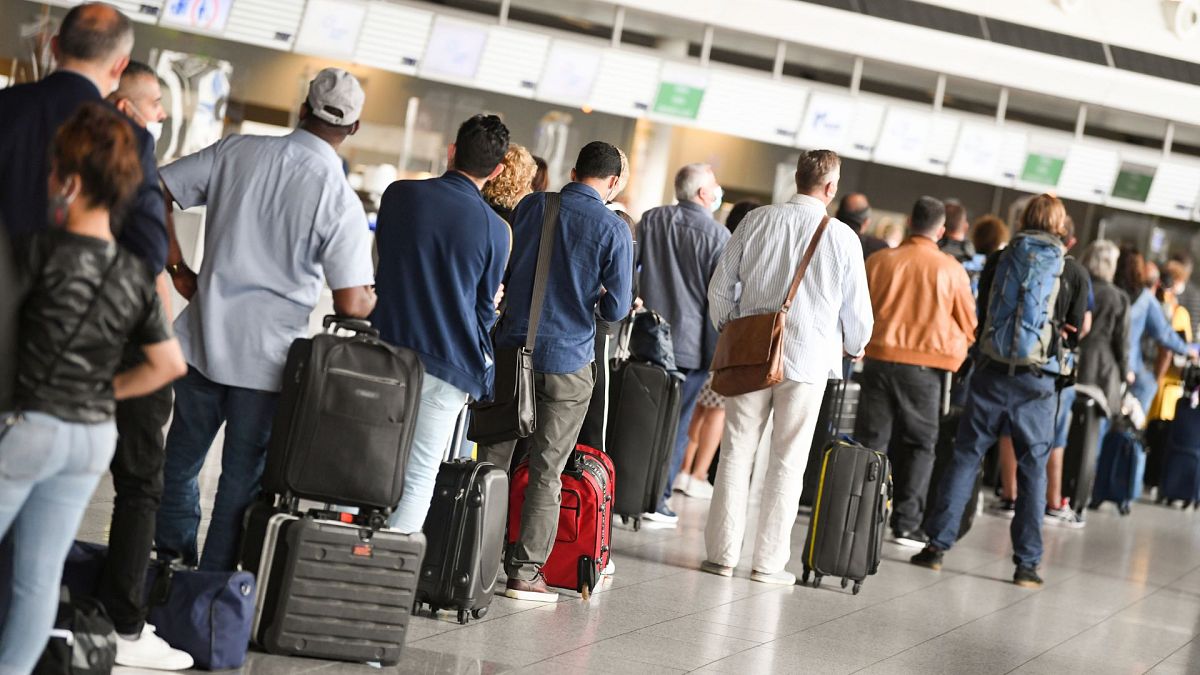Travel
Eco-sense: Travel nudges action
We traveled — to Cincinnati. It shows the difference between our Colorado mountain town and the Eastern cities of the USA. As we started home, I looked for the signs of ecological progress that I usually find as we travel: large, graceful windmills, solar gardens, green fields with ample irrigation. For the 10 days we were there, the skies in Ohio and northern Indiana were a uniform blue-gray that showed no variance, no light, no sun, no clouds, even during the afternoon thunderstorms. The air was heavy, thick, and consistently damp. Papers reflected this, accumulating moisture just lying on the table.
Two hours later, in western Indiana, the sky was full of clouds, each sitting on a shelf of deep gray smog, with patches of blue poking through fluffy white clouds. Although the sun was still hidden, there were a few rays of sunshine as we reached Illinois. Gradually, the gray evaporated except for the distant rain. The air was clearer, more breathable, and I no longer needed my inhaler. That long drive makes me appreciate living in the Estes Valley where the air is still reasonably clear, and the water is pure.
However, it also makes me conscious of the future in store for us, eventually, if we do not learn from our predecessors in the cities. It is difficult to admit that throwing a few things into the landfill or burning coal to create cost-efficient electricity can lead to that gray hue contaminating the environment. Granted, it will take time to reach Estes. Our landfill is 50 miles down-valley and that coal-generating electrical plant is out of state. Does this mean I can just proceed as if they do not exist? Is there something I can do to make life better for my granddaughter in Fort Collins? Or the people in Wyoming? Is there something I should do – more than I am doing now?
Probably! I do not yet have an electric vehicle. I have not yet purchased solar panels and batteries, nor converted from a gas-fired furnace to heat pump. Like much of Estes Park, my household income was down this year and these projects have been delayed. However, we do everything we can to avoid putting trash into the landfill. At our house: Organics have been redirected, both kitchen and plant life. Metal is never sent to the landfill. Electronics are held for Estes Recycles Day, (Aug 10 this year.) Batteries go to the Town/County biennial collection.
While glass bottles (clear, brown, and amber) can be single-streamed at the Residential Recycling Center, we tend to take ours to the Eco-cycle CHaRM glass-only bin, which minimizes both breakage and contamination. The bin at CHaRM accepts bottles, jugs, vases, dinnerware, trophies and awards, candlesticks, and other glass objects – as long as they are 100% glass. CHaRM cannot process glass with additives including mirrors/mirrored glass, lightbulbs, laboratory glass, microwave dishes, Pyrex, or oven-safe glass cookware. https://ecocycle.org/services-and-facilities/charm At our house, chipped porcelain cups and bowls or damaged, discarded Corning ware do quite well as homes for our never-ending supply of houseplants. (Plants breathe in air, use carbon monoxide, and breathe out oxygen, improving the quality of air in the home.) Timberline in Fort Collins also has a source-separated bin but is apparently limited to bottles. Contact them first if you have non-bottle material.
https://www.fcgov.com/recycling/dropoff
Of course, it should go without saying … anything discarded, but still viable for use by someone else, should be donated to a thrift shop, advertised in the want ads, or offered on Estes Buy Sell Trade Donate. This includes unwanted glass.
Agree? Disagree? Questions? Comments? RRRcyc@signsandwishes.com






:quality(70)/cloudfront-eu-central-1.images.arcpublishing.com/irishtimes/WJBAA7IOVNZ7YDP5SBB3TWCXGU.jpg)
:max_bytes(150000):strip_icc()/061424-holmes-markle-outfit-social-122727382add4743a28bef5e0a7b1ed9.jpg)

